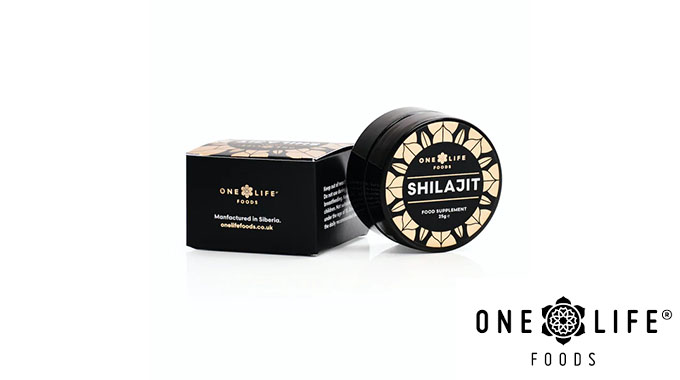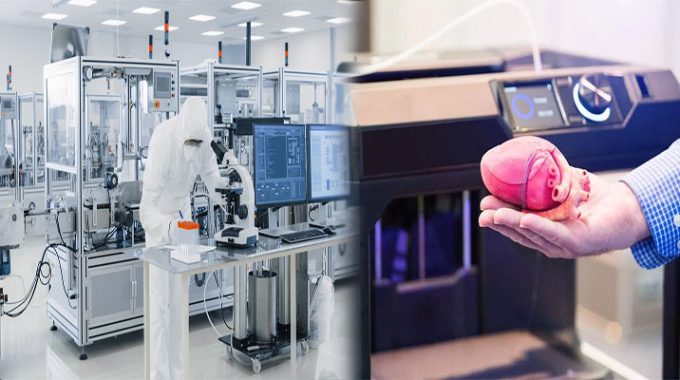The Future Of Healthcare Is Telemedicine
Telemedicine is the use of technology to provide and manage health services, especially remotely. Telehealth uses computer technology such as video chat, email and phone calls to connect patients and clinicians for medical care. Telehealth has been adopted by millions of Americans who are using mobile health apps, wearable trackers and other devices to monitor their health at home. In addition to diagnostic tools that could help primary care physicians identify chronic conditions earlier than they do now, telemedicine could offer them more options for treatment. What makes telemedicine different from other forms of e-health is its focus on personal interaction between patients and physicians rather than just treating symptoms as they come up. This type of app allows doctors to remotely review previous tests, confirm diagnoses and prescribe treatment plans over a secure connection that cannot be accessed by hackers or other third parties



















